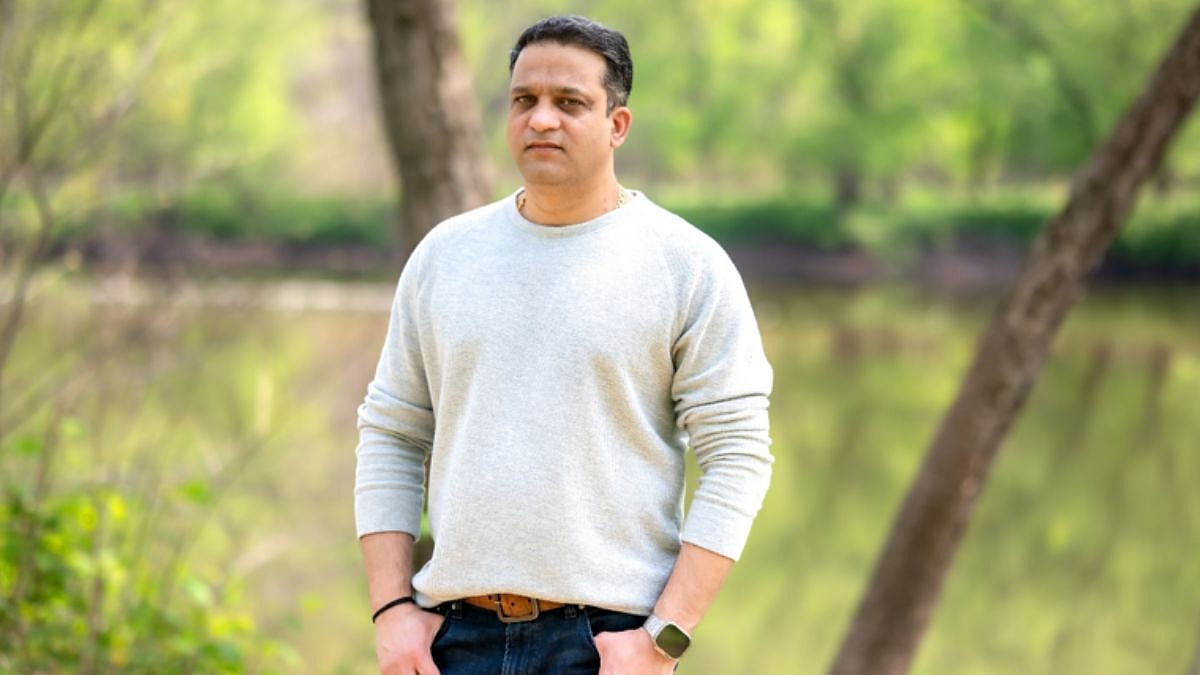Next-Gen SaaS Architectures Harness AI To Deliver Smarter, More Efficient Cloud Solutions
Cloud computing has entered a decisive new era, one defined by architectures that are not only scalable but also deeply intelligent. Traditional SaaS models, while effective in delivering shared services at scale, often struggle to keep pace with today’s dynamic regulatory, performance, and collaboration requirements.

Ritesh Kumar | File Photo
Cloud computing has entered a decisive new era, one defined by architectures that are not only scalable but also deeply intelligent. Traditional SaaS models, while effective in delivering shared services at scale, often struggle to keep pace with today’s dynamic regulatory, performance, and collaboration requirements.
By infusing AI into the fabric of SaaS ecosystems, organizations are beginning to deliver smarter, faster, and more reliable solutions, ones that improve efficiency, reduce overhead, and anticipate user needs before they arise. From automated compliance checks to real-time collaborative workflows, next-generation SaaS architectures are rapidly becoming indispensable in industries where precision, security, and speed are paramount.
Ritesh Kumar has led the way in this change. As he climbs through the ranks at this key international standards organization leading to his appointment as the Director of Technical Architecture, he has continually shown how the power of smart design can transform digital ecosystems.
Some of his career achievements include developing low-code cloud-based platforms to support highly regulated industries, assisting in the design of an AI-based compliance risk prediction system that is the subject of a U.S. patent application, and most recently creating multi-tenant SaaS ecosystems capable of supporting tens of thousands of worldwide users.
His path is marked by the ability to solve complicated technology skills on the one hand and by an excellent sense of where the future of SaaS models must be on the other hand.
The technology integration of AI into massive SaaS platforms is the key to work done by Kumar. He came up with shared services of identity and entitlements, tenant management, auditing, reporting, and is now a solution, which supports any application in his ecosystem.
More graphically, he pioneered AI-aided discoverability on a collection of 400,000 technical documents including multi-lingual search and relevancy-centric retrieval down to levels not previously accessible to end users.
His architectures also circumvent recurring industry problems: section-level citations that have persistence links, collaborative editing that is conflict-free and has audit trails and automatic comparison of updates which can lessen administrative overhead.
He also enhanced worldwide responsiveness and ensured cost control of the infrastructures by integrating the event-driven and serverless patterns that run entirely in the platform.
The effect has been observable and significant. Complex technical content to develop drafting cycles were reduced by 40 to 60 percent once co-authoring and conflict avoidance was implemented. Overhead in terms of version management reduced approximately 70 percent because it no longer involved clumsy download-and-upload processes, but was replaced with one-stop in-platform editing.
Combined tracking not only eliminated 70 percent of the manual monitoring work but also realized 85 percent email reduction per user to support more than 30,000 active participants with nearly ideal notification reporting.
The process of search and retrieval also became transformed and semantic discovery using AI became a major factor in reducing the time spent on research, through a vast and continuously growing landscape of standards.
These findings illustrate the potential of well-designed AI integration to reshape not only the effectiveness of organizations but also the confidence in the importance of systems.
Yet, perhaps most importantly, His work underscores the need for SaaS platforms to be designed with trust, governance, and sustainability in mind. He advocates for treating tenant context as a first-class concept, applying Zero Trust principles to every call, and aligning AI development with established risk management frameworks.
His insistence on balancing innovation with accountability reflects a broader trend in cloud computing: the recognition that smarter architectures are not only about delivering speed and efficiency, but also about ensuring compliance, fairness, and long-term resilience.
In conclusion, next-generation SaaS ecosystems are no longer optional upgrades; they are fast becoming the new baseline for global digital infrastructure.
Through his pioneering contributions, Ritesh Kumar illustrates how AI-powered architectures can bridge the gap between technical ambition and practical impact, setting a standard for what the future of intelligent cloud solutions should look like.
RECENT STORIES
-
-
-
-
-